Understanding Dental Implant Surgery
Placing a dental implant is as much an art as it is a science which is why 3D-guided implant surgery is key to ensuring the success of each implant. At Silver Oaks, we use state-of-the-art 3D-guided planning to map every aspect of your implant procedure before the day of surgery. This approach means more accurate implant placement, faster recovery, and reduced surgical risk.A confident smile begins with a strong foundation.
If you’re missing one or more teeth, dental implants offer a permanent, natural-looking solution that not only restores function but transforms your confidence. At Silver Oaks Dental Clinic, our implant treatments are delivered with next-level precision, combining advanced digital technology with the expertise of internationally trained cosmetic dentist Dr Roy Huson.
Backed by Digital Smile Design and guided by 3D imaging, our implant approach ensures beautifully predictable outcomes every time.
Why Choose Dental Implants?
Dental implants are widely considered the gold standard for tooth replacement. Unlike dentures or bridges, implants are anchored directly into the jawbone, mimicking the root of a natural tooth. This delivers unmatched stability and helps to preserve bone density in the jaw — preventing the sunken appearance that can occur after tooth loss.
Whether you’re replacing a single tooth, multiple teeth, or supporting a full set of dentures, dental implants restore more than just your bite — they restore your quality of life.
The Silver Oaks Difference: Advanced Digital Planning Meets World-Class Skill
Each case is personally overseen by Dr Roy Huson, a leader in cosmetic and implant dentistry with over 20 years of experience both locally and internationally. His work blends functionality with aesthetic precision — ensuring your final result doesn’t just feel good, but looks beautifully natural too.
The Role of 3D-Guided Dental Implant Technology
Our process begins with a Cone Beam CT (CBCT) scan, which captures a detailed 3D image of your jawbone, nerves, and surrounding structures. We combine this with digital intraoral scans of your mouth, replacing traditional impressions with precise, comfortable scanning technology.
Using this data, a 3D-printed surgical guide is created, tailored to your anatomy. This guide allows Dr Huson to place your implant with pinpoint accuracy — ensuring ideal positioning for long-term success and aesthetics.
This approach drastically improves outcomes compared to traditional freehand methods.
Digital Smile Design: See Your Future Smile Before Treatment Begins
One of the most powerful tools we use at Silver Oaks is Digital Smile Design (DSD) — a system that allows patients to visualise their new smile before any treatment begins. With DSD, we can simulate how your implants will look, adjust shapes and proportions, and ensure your final result complements your facial features.
It’s especially powerful when implants are part of a larger cosmetic smile makeover, where the harmony of colour, tooth shape, and alignment matters.
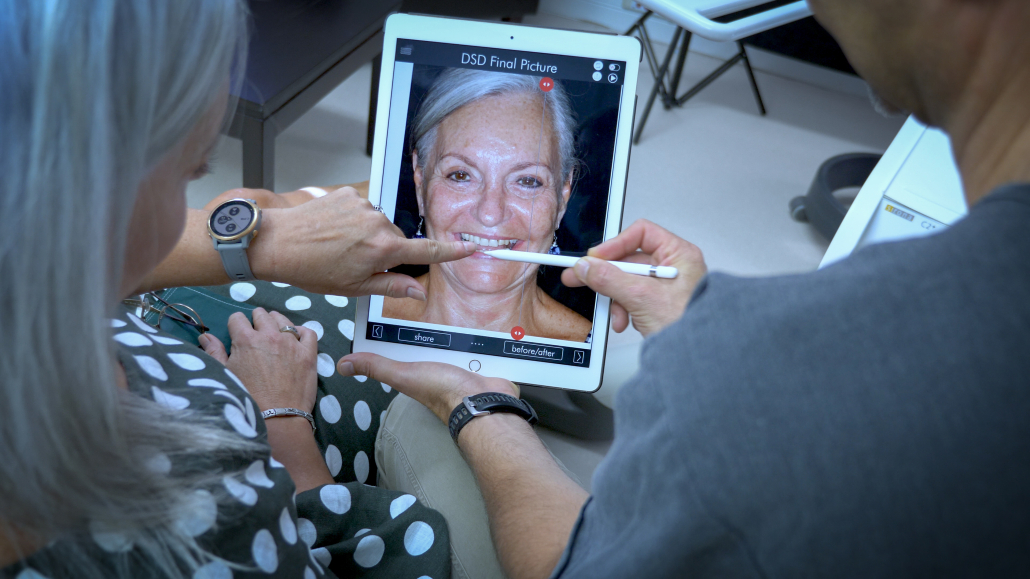
Preview of a new smile with dental implants using Digital Smile Design (DSD)
Your Dental Implant Journey at Silver Oaks
Every implant case at Silver Oaks follows a streamlined, patient-focused process:
- Comprehensive Consultation
You’ll meet with Dr Roy Huson to discuss your goals, assess your oral health, and determine if implants are the right solution for you. - Digital Planning and Smile Preview
With the help of CBCT imaging, intraoral scanning, and Digital Smile Design, your custom treatment plan is crafted — often within days. - Surgical Placement
On the day of your implant procedure, your pre-fabricated surgical guide ensures optimal implant placement. Local anaesthetic or sedation ensures your comfort throughout. - Healing and Integration
Over the following 3–6 months, your implant will integrate with the jawbone (a process called osseointegration), forming a secure foundation. - Final Restoration
Once healed, a custom crown or bridge is attached. The result? A strong, natural-looking tooth that feels like your own.
“Every implant case is an opportunity to restore more than just a smile — it’s about restoring confidence and function.”
– Dr Roy Huson
Dental Implants vs Dentures and Bridges
Still unsure if implants are right for you? Here’s how they compare:
| Treatment | Stability | Aesthetics | Bone Preservation | Lifespan |
| Dental Implants | Fixed in bone | Natural-looking | Preserves bone | 10–25+ years |
| Bridges | Anchored to adjacent teeth | Good | No bone preservation | 7–10 years |
| Dentures | Removable | Can look artificial | Accelerates bone loss | 5–8 years |
Unlike bridges or dentures, implants don’t rely on neighbouring teeth for support — which helps protect your natural smile in the long term.
Who Is a Candidate for Dental Implants?
Most adults in good general and oral health are eligible for implants. Ideal candidates:
- Have one or more missing teeth
- Have healthy gums and sufficient bone volume (or are open to bone grafting)
- Are non-smokers or willing to stop during healing
- Want a permanent, low-maintenance solution
Even if you’ve been told in the past that you’re not a candidate, newer techniques such as bone grafting and sinus lifts could make implants possible today. Book a consultation with our team to learn more about how this advanced technology can transform your smile. Contact us today.
Frequently Asked Questions
- Is the procedure painful?
Thanks to local anaesthetic and optional sedation, most patients report minimal discomfort during the procedure. Post-operative pain is usually manageable with over-the-counter medication. - How long does the whole process take?
From consultation to final crown, the average implant process takes 3–6 months, depending on healing time and individual needs. - Are implants safe?
Dental implants have a success rate of over 95% when placed by skilled professionals using advanced planning — like at Silver Oaks. - Will I need time off work?
Most patients return to work within 1–2 days after implant placement. We’ll provide detailed aftercare instructions to support a smooth recovery. - Do implants require special care?
Caring for implants is much like caring for natural teeth — regular brushing, flossing, and professional hygiene appointments are essential.

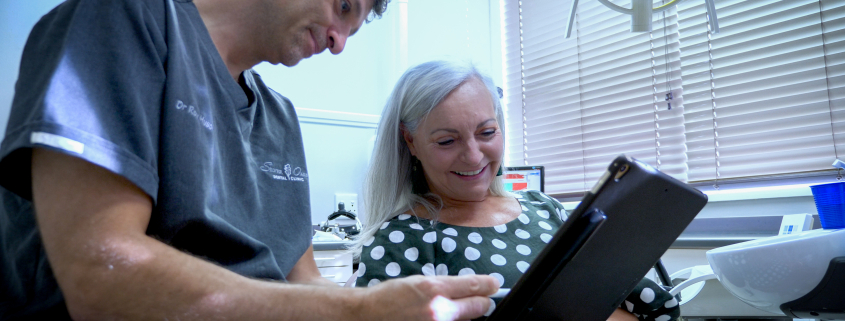

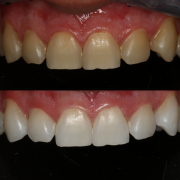

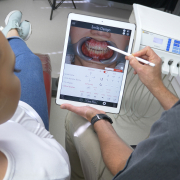
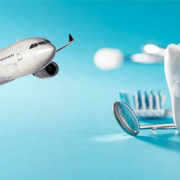
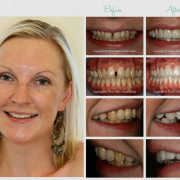


Leave a Reply
Want to join the discussion?Feel free to contribute!